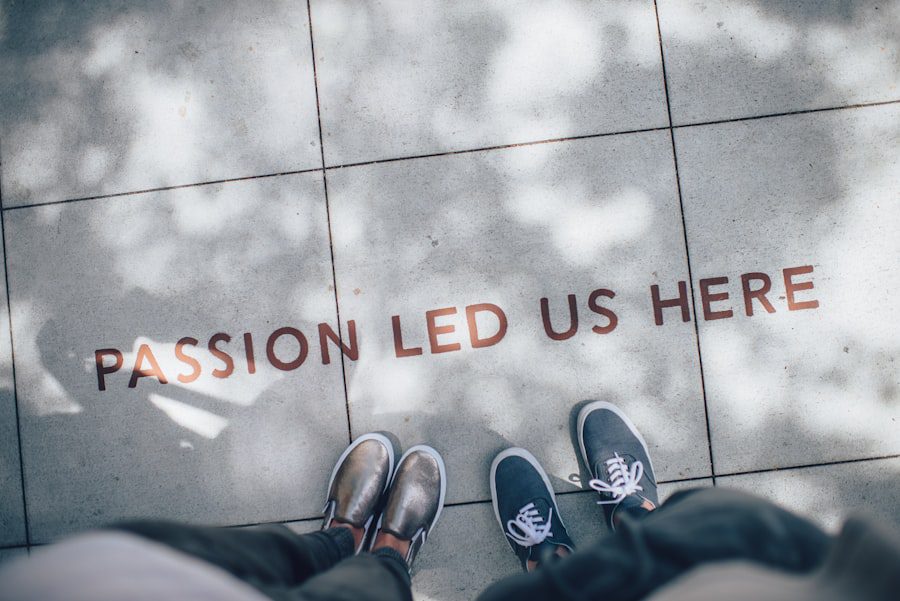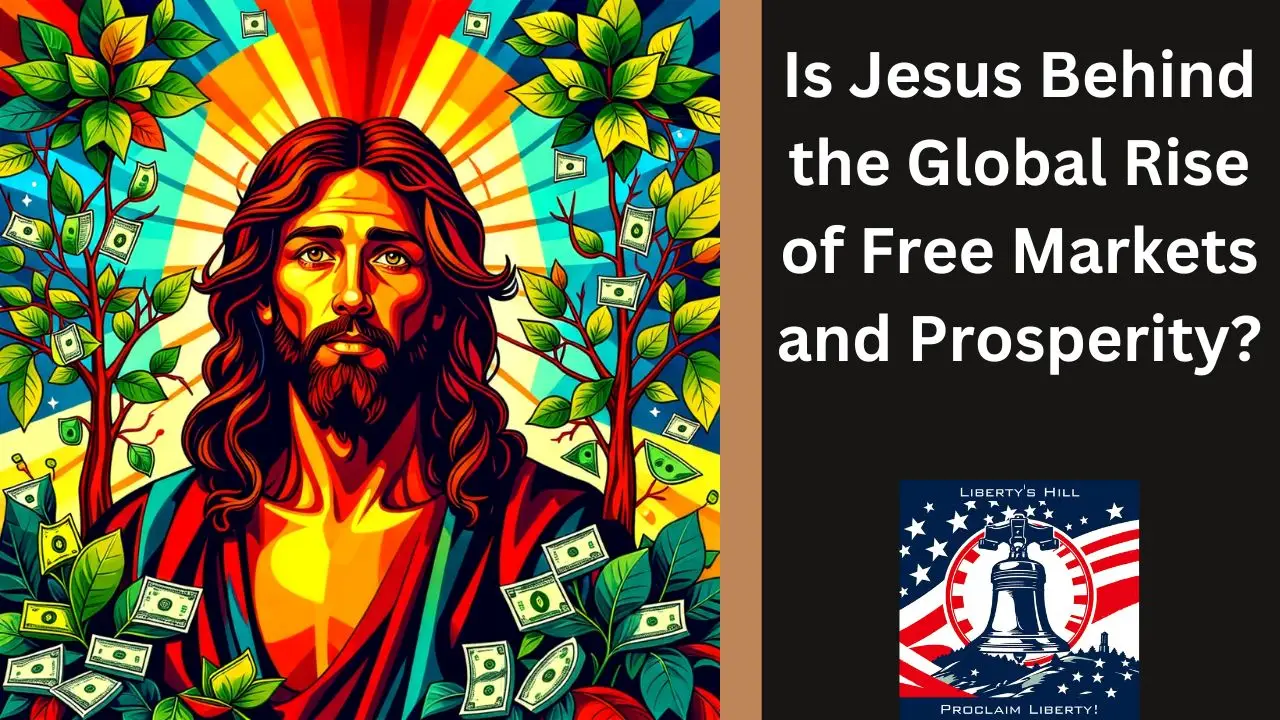Faith serves as a powerful catalyst for change, influencing not only individual lives but also the broader societal landscape. It provides a framework through which people can interpret their experiences and envision possibilities beyond their current circumstances. Faith can manifest in various forms, including religious beliefs, personal convictions, or even faith in humanity.
This belief system often inspires individuals to pursue goals that may seem unattainable, fostering resilience in the face of adversity. For instance, historical figures like Martin Luther King Jr. drew upon their faith to advocate for civil rights, believing in a future where equality and justice would prevail.
His unwavering faith galvanized a movement that reshaped societal norms and expectations. Moreover, faith can instill a sense of purpose and direction, guiding individuals and communities toward collective aspirations. When people share a common faith, it can unify them, creating a strong sense of belonging and shared responsibility.
This communal aspect of faith can lead to collaborative efforts aimed at addressing social issues, such as poverty or environmental degradation. Faith-based organizations often mobilize resources and volunteers to tackle these challenges, demonstrating how belief can translate into action. The impact of faith on shaping the future is evident in various movements around the world, where communities come together to advocate for change based on their shared beliefs and values.
Key Takeaways
- Faith provides a sense of purpose and direction, guiding individuals towards a better future.
- Hope fuels motivation and resilience, enabling individuals to overcome obstacles and work towards a brighter future.
- Love fosters compassion and unity, creating a supportive environment for individuals to thrive and shape a positive future.
- Faith, hope, and love complement each other, working together to inspire and empower individuals to create a better future.
- Examples of faith, hope, and love shaping the future can be seen in community initiatives, social movements, and personal transformations.
The Impact of Hope on Shaping the Future
Hope is an essential ingredient in the human experience, acting as a beacon that guides individuals through uncertainty and despair. It is the belief that positive outcomes are possible, even in the face of overwhelming challenges. This optimistic outlook can significantly influence decision-making processes and behaviors, encouraging individuals to take risks and pursue their dreams.
For example, during times of economic hardship, hope can motivate entrepreneurs to innovate and create new businesses, contributing to economic recovery and growth. The power of hope lies in its ability to inspire action; when people believe that a better future is attainable, they are more likely to invest their time and resources into making it a reality. In addition to personal aspirations, hope plays a crucial role in shaping collective futures.
Communities that foster a culture of hope are often more resilient and better equipped to navigate crises. This is particularly evident in the aftermath of natural disasters or social upheaval, where hope can serve as a driving force for recovery and rebuilding efforts. Initiatives that promote hope—such as community support programs or educational opportunities—can empower individuals to envision a brighter future for themselves and their families.
By cultivating hope within communities, societies can create an environment conducive to growth, innovation, and positive change.
The Influence of Love in Shaping the Future

Love is perhaps the most profound force in shaping human interactions and societal structures. It transcends individual relationships, extending to communities and nations, influencing how people relate to one another and the world around them. Love fosters empathy, compassion, and understanding, which are essential for building strong relationships and cohesive societies.
When individuals act out of love—whether for family, friends, or even strangers—they contribute to a culture of kindness and support that can have far-reaching effects. For instance, acts of love during times of crisis, such as volunteering or providing emotional support, can create a ripple effect that encourages others to do the same. Furthermore, love can serve as a foundation for social justice movements.
Many activists draw upon their love for humanity to advocate for equality and human rights. This love-driven approach often emphasizes the interconnectedness of all people, highlighting the importance of treating others with dignity and respect. The civil rights movement in the United States is a prime example of how love can inspire collective action toward a more just society.
Leaders like Mahatma Gandhi and Nelson Mandela emphasized love as a transformative force capable of overcoming hatred and division. Their legacies remind us that love is not merely an emotion but a powerful motivator for change that can shape the future in profound ways.
How Faith, Hope, and Love Work Together to Shape the Future
The interplay between faith, hope, and love creates a dynamic framework for shaping the future. Each element complements the others, forming a triad that empowers individuals and communities to envision and work toward a better tomorrow. Faith provides the foundation upon which hope is built; it instills confidence that positive change is possible.
In turn, hope fuels love by inspiring individuals to act compassionately toward others, believing that their actions can lead to meaningful change. This synergy creates a powerful momentum that can drive social progress. For example, consider a community facing economic decline.
Faith in their ability to overcome challenges may lead residents to cultivate hope for revitalization efforts. This hope can inspire acts of love—such as supporting local businesses or volunteering for community projects—that ultimately contribute to economic recovery. The combined forces of faith, hope, and love create an environment where individuals feel empowered to take action, fostering resilience and adaptability in the face of adversity.
This interconnectedness illustrates how these three elements work together harmoniously to shape not only individual lives but also the collective future.
Examples of Faith, Hope, and Love Shaping the Future
Throughout history, numerous examples illustrate how faith, hope, and love have shaped the future across various contexts. One notable instance is the role of faith-based organizations in humanitarian efforts worldwide. Organizations like Habitat for Humanity exemplify how faith can drive individuals to work toward alleviating poverty through housing initiatives.
Volunteers from diverse backgrounds come together with a shared belief in the dignity of every person, demonstrating how faith can mobilize collective action for social good. In addition to humanitarian efforts, movements advocating for environmental sustainability often draw upon hope as a motivating force. Activists like Greta Thunberg embody this spirit by inspiring millions to believe in the possibility of reversing climate change through collective action.
Her message resonates with young people worldwide who are hopeful about creating a sustainable future for generations to come. This hope is often rooted in love for the planet and future inhabitants, illustrating how these three elements converge in powerful ways.
Cultivating Faith, Hope, and Love for a Better Future

Cultivating faith, hope, and love requires intentional effort at both individual and community levels. On a personal level, individuals can nurture their faith by engaging in practices that resonate with them—whether through meditation, prayer, or reflection on personal values. Building hope involves setting achievable goals and surrounding oneself with positive influences that reinforce the belief in potential outcomes.
Engaging with supportive communities can further enhance this sense of hope by providing encouragement during challenging times. At the community level, fostering an environment that promotes love involves creating spaces where individuals feel valued and heard. Initiatives such as community dialogues or support groups can help build connections among residents, encouraging empathy and understanding across diverse backgrounds.
Educational programs that emphasize social-emotional learning can also play a crucial role in cultivating these values among younger generations. By prioritizing faith, hope, and love within educational curricula and community initiatives, societies can lay the groundwork for a brighter future.
Overcoming Challenges with Faith, Hope, and Love
Challenges are an inevitable part of life; however, faith, hope, and love provide essential tools for navigating these obstacles effectively. When faced with adversity—be it personal struggles or societal issues—faith can serve as an anchor that helps individuals maintain perspective and resilience. For instance, during times of personal loss or hardship, individuals who draw upon their faith often find solace in their beliefs, enabling them to cope with grief or uncertainty.
Hope plays a critical role in overcoming challenges by encouraging individuals to envision possibilities beyond their current circumstances. This forward-looking perspective can motivate people to seek solutions rather than succumb to despair. In community contexts, collective hope can galvanize efforts to address systemic issues such as inequality or injustice.
Love acts as a binding force that encourages collaboration among individuals working toward common goals; it fosters solidarity during difficult times and inspires acts of kindness that uplift those who are struggling.
Spreading Faith, Hope, and Love for a Positive Future
The dissemination of faith, hope, and love is vital for creating a positive future on both individual and societal levels. Individuals can spread these values through everyday actions—simple gestures of kindness or expressions of support can have profound effects on those around them. Social media platforms also provide opportunities for sharing messages of hope and love with wider audiences; campaigns promoting positivity can inspire others to adopt similar mindsets.
At the community level, organizations dedicated to social change play an essential role in spreading these values through outreach programs and advocacy efforts. Initiatives focused on interfaith dialogue or community service projects foster connections among diverse groups while promoting understanding and compassion. By actively engaging in efforts that prioritize faith, hope, and love—whether through volunteerism or advocacy—individuals contribute to building a more inclusive society where everyone feels empowered to shape their future positively.
In conclusion, faith, hope, and love are integral components that shape our individual lives and collective futures. By nurturing these values within ourselves and our communities, we create an environment conducive to growth, resilience, and positive change.


